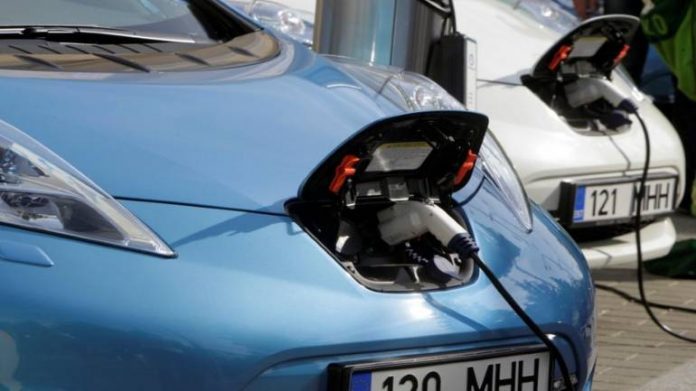As China nudges battery makers to move up the value chain, makers of older models are finding few takers
– India is currently giving final touches to a plan to build Tesla-style giga factories to develop its own domestic battery manufacturing ecosystem
Chinese manufacturers are dumping low-quality battery packs for electric vehicles (EVs) in India, two officials aware of the matter said, similar to the way rejected solar modules were sold here at a discount.
While the Chinese government has nudged battery makers to move up the value chain by calibrating subsidies, manufacturers of older models are finding few takers there.
“Battery technology is changing today. This has resulted in the Chinese second-tier battery manufacturers dumping their batteries here that are not being bought there. They are not finding a market there because China is moving up the EV value chain. This has been brought to our notice by some of OEMs (original equipment manufacturers),” said an official involved in India’s EV programme, one of the two people cited above, requesting anonymity.
Another official, who also didn’t want to be named, confirmed the development.
This comes against the backdrop of India’s Faster Adoption and Manufacturing of Hybrid and Electric Vehicles or FAME 2 scheme—to expand commercial vehicle fleet—announced with an outlay of Rs 10,000 crore in March.
“China has been providing subsidies to EVs since 2010. They earlier used to have e-scooters with small batteries of short range and with 25km per hour speed. They have stopped the subsidies on those low-technology EVs,” said the first official. “They only provide subsidy now to high-range, high-density batteries and to EVs with a longer range. Every year, they are leveraging the subsidy to go up the technology value chain.”
“We saw this happening earlier in the case of solar panels,” said the second official.
Mint reported on September 7, 2017 about some Indian developers buying poor quality Chinese modules to meet cost pressures and timelines. Given the rampant practice, the previous National Democratic Alliance (NDA) government came up with stringent quality norms for solar equipment, and ordered all substandard equipment destroyed.
“As batteries dominate costs of electric vehicles, the strategy would be to use battery chemistry with optimised cost and performance at Indian temperatures. India should encourage manufacturing of such battery cells in India,” said a report from federal think tank NITI Aayog.
“It is imperative that India gets the cell cost and parameters like energy density (size and weight), lifecycles, safety, temperature tolerance right, so that its batteries are the best in the world,” the report added.
India is currently giving final touches to a plan to build Tesla-style giga factories to develop its own domestic battery manufacturing ecosystem. This involves a raft of incentives such as concessional financing options, friendly tax regimes and a suitable basic customs duty safeguard.
“Keeping in mind the stage of EVs in the country, India needs a new approach to import duty while keeping ‘Make in India’ as a goal. The principle of establishing custom duties will be to give specific preference to value chains manufactured in India. Goods contributing to the lowest value-add chain (like finished goods) would have the highest import duty; one contributing higher value-add (like components) would have lower import duty and the one contributing to highest value-add would have the lowest or zero duty,” the NITI Aayog report added.
The domestic battery manufacturing initiative has also gained traction with Tesla, China’s Contemporary Amperex Technology Co (CATL) and BYD Co among companies that have shown an initial interest in the Indian government’s plan to build large factories to make lithium-ion batteries at an investment of about Rs 50,000 crore.
According to a conservative scenario envisaged by NITI Aayog, India will need six such gigawatt-scale facilities (of 10GWh each) by 2025 and 12 by 2030. While this doesn’t include the export market potential, the base scenario envisions 11 such giga factories by 2025 and 24 by 2030.
Besides electric vehicles, such battery storages will cater to electricity grids, given the intermittent nature of electricity from clean energy sources such as solar and wind. India has become one of the top renewable energy producers globally with an installed renewable energy capacity of about 80 gigawatts (GW), with plans to achieve 175GW by 2022 and 500GW by 2030, as part of its climate commitments.


